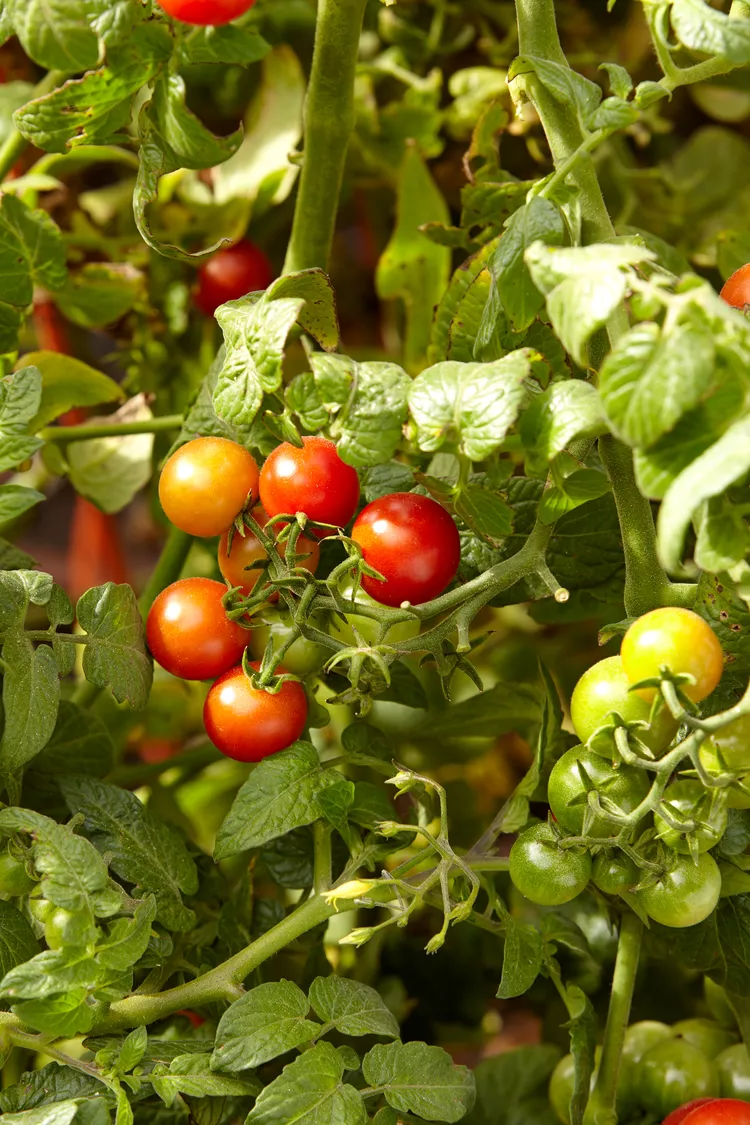Determining the optimal watering schedule for tomatoes is essential for healthy plants and a bountiful harvest. Here’s how to gauge when and how much to water your tomatoes effectively:
Understanding Tomato Watering Requirements
- Know Your Soil
The ideal soil for tomatoes feels moist to the touch but not overly wet. Squeezing soil that drips water indicates excessive moisture, which can suffocate roots. Sandy soil drains quickly and may require watering every three to four days, while clay soil retains water better, needing watering about once a week. Container-grown tomatoes often need daily watering due to their limited soil volume.
To determine if it’s time to water, grab a handful of soil from a few inches below the surface. If it feels moist, wait; if dry, water deeply.
- Water Needs Based on Growth Stages
Tomato plants have varying water needs depending on their growth stage:
- Seedlings: Newly planted seeds require frequent watering to help roots establish. Ensure the soil remains consistently damp below the surface. Using a spray bottle, administer around four to five squirts to provide adequate moisture without saturating the soil.
- Established Plants: As plants grow, adjust watering to encourage deep root development. Water deeply but less frequently to promote healthy root growth and prevent shallow root systems.
- Monitoring and Adjusting
Monitor your tomato plants regularly for signs of water stress, such as wilting leaves during the hottest part of the day. Adjust watering frequency based on weather conditions, soil type, and plant size to maintain consistent moisture levels.
Tips for Successful Tomato Watering
By understanding your soil type, monitoring soil moisture, and adjusting watering based on growth stages, you can ensure your tomato plants receive the right amount of water. Avoid overwatering, which can lead to disease and fruit rot, and underwatering, which may result in stunted growth and poor fruit quality. Consistent care will help you cultivate robust tomato plants with juicy, flavorful fruit.
